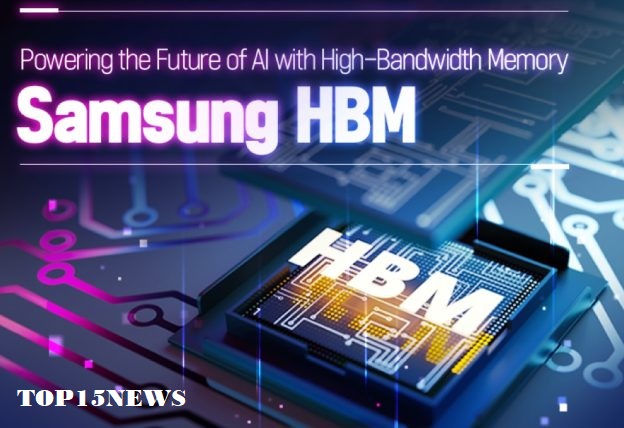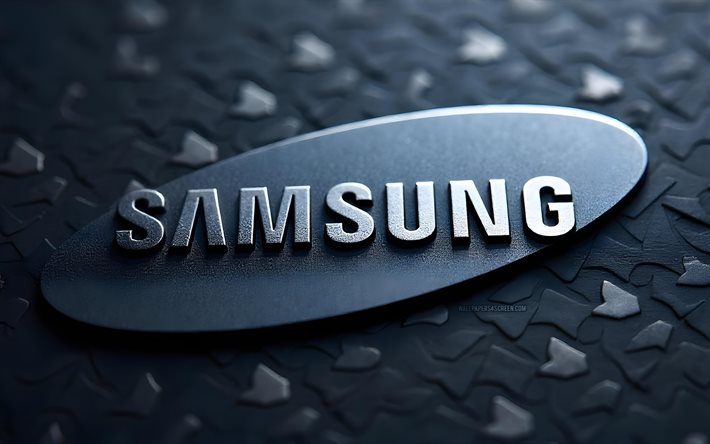At the heart of this strategic meeting is the intent behind Samsung Nvidia HBM Chips: securing Nvidia, the AI chip powerhouse, as a major customer. Samsung’s new 12‑layer HBM3E memory—also called “Shinebolt”—promises impressive bandwidth and speed, critical for powering Nvidia’s next-gen Blackwell Ultra GB300 processors.
1. Samsung Nvidia HBM Chips Power AI Revolution
High‑bandwidth memory is non-negotiable for AI servers and HPC systems. Samsung’s HBM3E offers significant speed and capacity gains over its previous DRAM generations . By winning Nvidia’s approval, Samsung Chips could position Samsung as a top-tier memory supplier in the AI domain.
2. Overcoming Past Delays with Samsung Nvidia HBM Chips
Samsung lagged behind SK hynix and Micron in delivering HBM3E to Nvidia, facing certification and manufacturing hurdles. Jun’s latest visit signals Samsung’s renewed push to close the gap. Having resolved quality issues and recently supplied HBM3E to AMD MI350X chips, Samsung now is better positioned to supply Nvidia.

3. Finalization Timeline for Samsung Nvidia HBM Chips
Industry insiders reveal Nvidia might approve Samsung’s HBM3E “Shinebolt” chips by June, with deliveries expected in the second half of the year. If successful, Samsung Nvidia HBM Chips will be powering AI workloads in months, not years.
4. Skipping to HBM4? Samsung’s Ambitious Move
During the meeting, Jun also broached Samsung’s next-gen HBM4 chips, which employ new “1c DRAM” and are slated for mass production in H2 2025. By supporting Samsung Nvidia HBM Chips at both HBM3E and HBM4 stages, Samsung hopes to leapfrog competitors still using older designs.
5. Foundry Collaboration: Beyond Memory
Samsung isn’t limiting the Samsung Nvidia HBM Chips partnership to memory alone. It’s already manufacturing Nvidia’s Tegra chips for the new Nintendo Switch 2 on its 8‑nm node, which sold 3.5 million units in just four days. Samsung aims to extend this collaboration into GPU foundry services, with 2‑nm GAA technology expected to produce Nvidia’s upcoming graphics processors later this year.
Why This Matters: Impact of Samsung Nvidia HBM Chips
- For Samsung: A major win with Nvidia as a customer could restore Samsung’s memory chip leadership and stabilize its foundry business through 2025.
- For Nvidia & AI Landscape: Adding Samsung as a supplier diversifies HBM3E and HBM4 sources, securing high-speed memory needed for Blackwell-era AI systems.
- For Global Chip Ecosystem: It intensifies competition among memory providers—Samsung, SK hynix, and Micron—which could accelerate innovation and possibly reduce costs.
Potential Hurdles for Samsung Nvidia HBM Chips
- Certification Risks: Nvidia’s stringent quality requirements mean any failure in testing could delay orders.
- Competition: SK hynix is already a dominant HBM supplier; Samsung will need flawless production and consistent performance to win large-scale orders .
- Yield Challenges: Samsung’s 2‑nm GAA process is still scaling up. The success of Samsung Nvidia HBM Chips partly hinges on manufacturing yield improvements .
The Road Ahead for Samsung Nvidia HBM Chips
| Timeframe | Event |
| H2 2025 | Expected mass supply of HBM3E to Nvidia |
| Late 2025 | Launch of HBM4 with 1c DRAM node |
| 2025–2026 | Expansion of foundry orders using 2-nm GAA technology |
These milestones highlight Samsung’s strategy: rapidly advance Samsung Nvidia HBM Chips while cementing its foundry role.
Final Take: Why We’re Watching Samsung Nvidia HBM Chips
Jun Young‑hyun’s visit marks a pivotal moment. It demonstrates Samsung’s determination to reclaim memory leadership and possibly broaden its manufacturing partnership with Nvidia. Whether Samsung Nvidia HBM Chips deliver as promised could reshape the AI memory market—and Samsung’s future in chips.
Stay tuned as Samsung works to convert this high-stakes visit into shipments and high-performance system integration.
BusinessFinnace Strong Debut! HDB Financial IPO Lists at ₹835 on NSE and BSE

